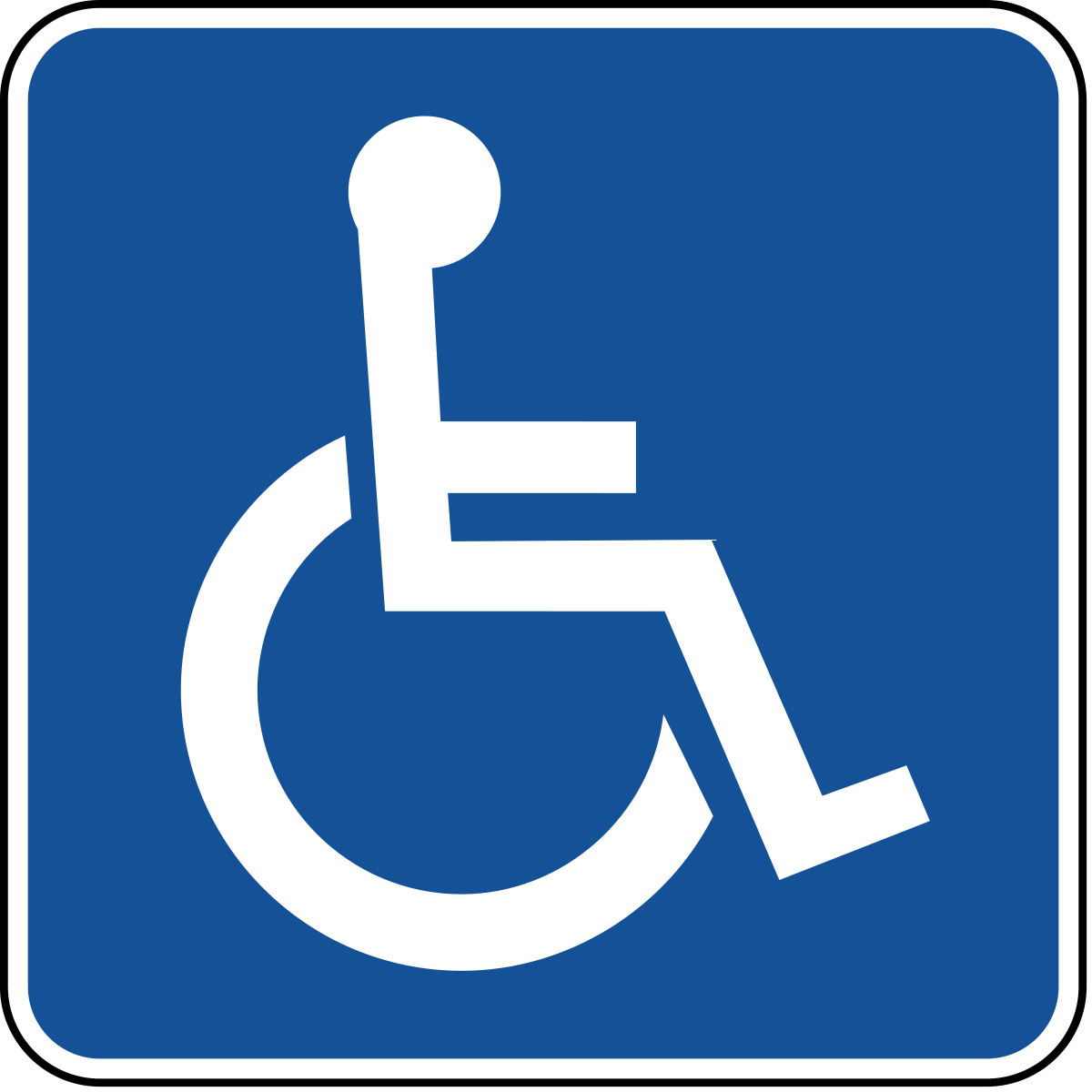What Does The Wheelchair Symbol Mean?
If you go out in public, chances are that you will see one or more signs with a white wheelchair symbol on a blue background. The meaning of the symbol can vary depending on the location where it is displayed and/or if additional symbols or text are present. This article briefly explores the history and function of this familiar symbol.
Official International Symbol of Accessibility.
International Symbol of Access (ISA)
The wheelchair symbol is recognized globally as the International Symbol of Access (ISA). It is most commonly displayed as a white wheelchair logo on a blue background to denote elements or features that are accessible to people with disabilities. The origin of the symbol dates back to the 1960s but it became widely used around the world after the United Nations formally recognized it as an international symbol in 1974.
Since then, the symbol has become synonymous with the Americans with Disabilities Act (ADA) of 1990 and nearly all disability access legislation.
Alternate ISA Disclaimer: Over the years, there have been numerous alternate designs of the ISA. While these designs may look modern and more aesthetically pleasing, it is important to never use the alternate designs at locations where the ISA is required to be displayed. Only one ISA is internationally recognized (pictured).
Use of the ISA
The most basic function of the International Symbol of Accessibility is to communicate a message about an accessible feature or element. This message can be directed toward people with disabilities and able bodied individuals depending on the location and context.
If the ISA is displayed without associated text or arrows, then the ISA is communicating that the associated element or feature is accessible. For example, an ISA is displayed at an entry door means that the door is accessible to people with disabilities. In this scenario, the ISA is communicating that the door is accessible to anyone (including disabled and able bodied individuals). In another example, an ISA may be displayed on a dining table. Anyone can dine at that table but it is accessible to people with disabilities if needed.
If the ISA is displayed with an arrow and no text, then the sign is indicating the direction of the nearest accessible route. These way-finding signs are often displayed where an accessible route converges with a non-accessible circulation path. For instance, if a main entrance to a building is accessed only by a stairways, then and ISA may be displayed at the bottom of the stairs indicating the direction of the nearest entrance that is accessed by a pedestrian ramp. Again, the ISA in this scenario is not restricting the accessible entrance to only people with disabilities. It is communicating the direction of the nearest entrance that can be accessed by anyone.
If an ISA is displayed with associated text, then the message should garner the attention of people with disabilities AND able bodied individuals. The associated text may or may not contain information about the permitted use of a particular element. In many cases where text is provided in addition to the ISA, the sign is communicating that the associated element or feature is accessible and for the exclusive use of people with disabilities. An ISA that is displayed at a parking stall may have additional text that states “PARKING ONLY” or “RESERVED PARKING”. In this case, the parking stall is restricted for use only by people with disabilities.
The International Symbol of Accessibility has many voluntary uses but there are some locations where State, Federal and Local standards and regulations require it to be displayed. Our experienced Certified Access Specialists have assisted hundreds of businesses and designers with accessible signage including: visual, tactile, braille and ISA signs. Contact us for a free consultation.

